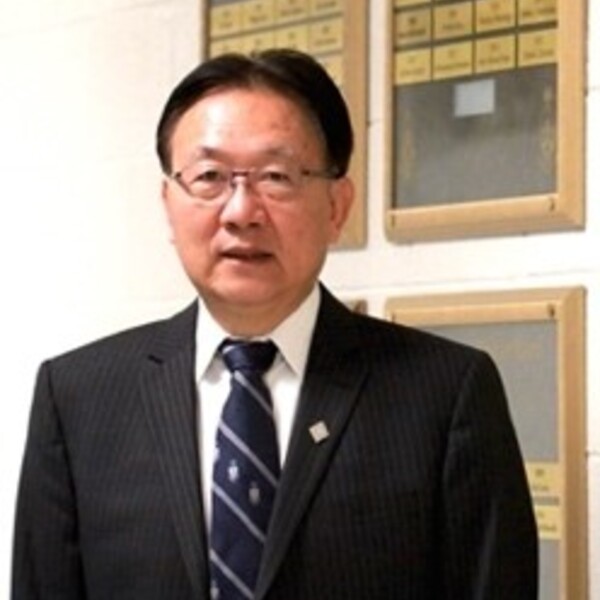Mingyao Liu
MD

Degrees: M.D. 1983; M.Sc. 1986
Affiliations: Toronto General Research Institute, University Health Network
Research Synopsis
Research Interests:
We are focusing on the ischemia-reperfusion induced lung injury in lung transplantation, and the cellular and molecular mechanisms of acute lung injury. We have developed a drug discovery pipeline for lung transplant drug discovery, including cell culture models, small and large animal lung transplant and ex vivo lung perfusion systems. We also work on bioinformatics on transcriptomics, metabolomics, single cell RNA sequencing.
Detailed Description:
Project I. Extend ex vivo lung perfusion for donor lung repair and recondition
We have developed a cell culture model to simulate hypothermic preservation and warm reperfusion in lung transplantation. Using this model, we are exploring the mechanisms of lung injury at the cellular and molecular levels. We also use this system for drug screening and discovery. We have a rat lung transplantation model to test the therapeutic effects of potential drugs in vivo. In collaboration with Dr. Shaf Keshavjee, we also have access to pig lung transplantation and human ex vivo lung perfusion system for pre-clinical studies. With this pipeline, we are exploring multiple therapeutic reagents.
Using this pipeline, we are selecting new formulas for EVLP perfusate and develop new techniques to extend EVLP from hours to days, in order to use it as a platform for donor lung assessment, repair, recondition and regeneration.
Project II. Mapping Lung Injury during Transplantation at the Single Cell Resolution
Ischemia reperfusion-induced acute lung injury contributes significantly to primary graft dysfunction after lung transplantation. We studied the transcriptomic profile of gene expression before and immediately after human lung transplantation and discovered inflammation and cell death pathways are activated, as the most prominent changes at mRNA levels. The lung has over 40 different cell types. Each cell type may respond to IR differently. Single-cell RNA sequencing (scRNAseq) is a powerful tool to reveal gene expression changes in individual cell populations. We have developed expertise and collaborations to use this technique with the following aims.
1. Profiling donor-recipient cell-cell interaction during IR in human lung transplantation
2. Determine the role of donor-recipient cell interactions in clinical outcomes after lung transplantation
METHODS USED
Cell and tissue culture: Endothelial cells, epithelial cells.
Procedures: Elisa, gene expression analysis, immunohistochemistry, immunocytochemistry, mass spectrometry, microarrays, proteomics, RT-qPCR, signal transduction characterization, siRNA, western blot, metabolomics, scRNA-seq.
EQUIPMENT USED
Benchtop centrifuge, blotting apparatus, confocal microscope (core facility), culture hood, culture incubators, deconvolution fluorescence microscope, digital microscope, fluorescence microscope, low- and high-speed centrifuge, low and ultralow freezers, mass spectrometer, microwave oven, mini vortexer, plate reader, real-time/thermocycler, setups for electrophoresis, stirrer/hot plate, water baths.
PRESENT TRAINEES
Aaron Wong
Olivia Hough
Dejan Bojic
Jamie Jeon
PRESENT COLLABORATIONS
Within the Department of Physiology:
Haibo Zhang
Isabella Cannigia
Martin Post
Claudia dos Santos
Outside the Department of Physiology:
University of Toronto:
Shaf Keshavjee,
Marcelo Cypel,
Tom Waddell,
Stephen Juvet,
Tereza Martinu,
Jonathan Yeung,
Golnaz Karoubi
Lorenzo Del Sorbo
Siba Haykal
Gail Darling,
Edmond Young,
Gary Bader
Sonya MacParland
Hong Han, UofT
David Hwang
Other Universities:
Samuel Refetoff
Peter Arvan
Committee member/Officer of national or international scientific organization:
Council Member,
Society of Chinese Bio-Scientist in America Member, July 1, 2018 - present
Editorial Board Member,
Cells, 2020 - present
Journal of Thoracic Diseases, 2015 - present
Recent Publications
http://www.ncbi.nlm.nih.gov/pubmed/26151444
Appointments
Primary: Department of Surgery
Cross-appointment: Department of Medicine, Department of Physiology,
Institute of Medical Science
